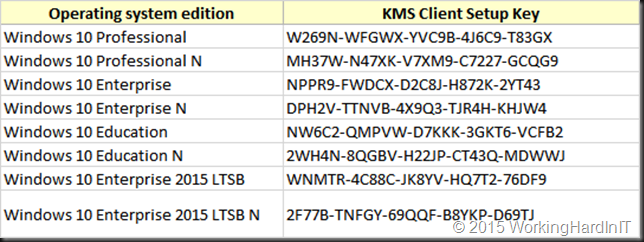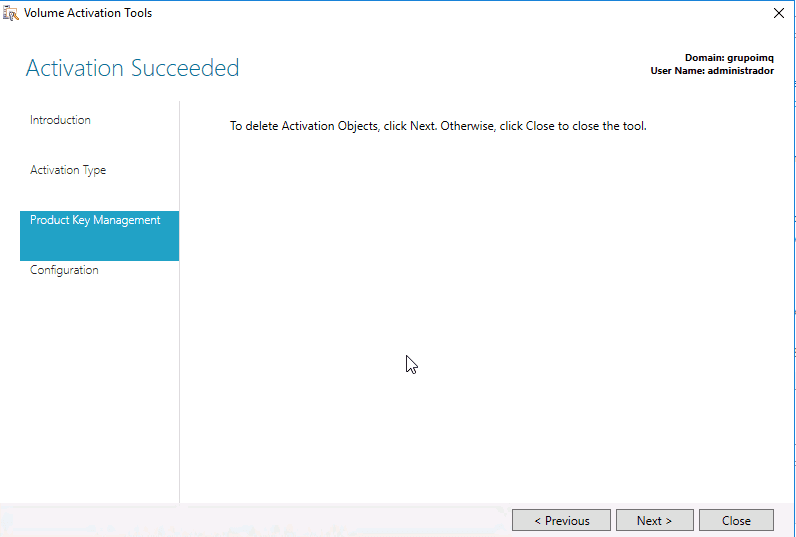
As a best practice, you can delegate these rights to selected IT implementers. Additionally, this guide contains procedures that run scripts and make changes to the registry. Before You Beginīy default, activation requires local administrative rights. For more information about planning a volume activation deployment, see the Volume Activation 2.0 Planning Guide. The activation methods you choose depend on the needs of your organization and your network infrastructure.īefore running any of the procedures in this guide, you must plan what activation methods you need and how you want to implement these methods.

You can choose to implement volume activations using Key Management Service (KMS), Multiple Activation Key (MAK), or a combination of both. Volume Activation 2.0 activates Windows Vista and Windows Server 2008 operating systems for volume licensing customers.

This guide contains procedures that are part of deploying Volume Activation 2.0. Install a MAK After an Operating System InstallationĪppendix 1: Optional Volume Activation Client ConfigurationsĪppendix 2: Sample Unattended Installation File Introduction Install a MAK During Operating System Installation

Manually Create SRV Records in a BIND 9.x Compliant DNS ServerĬonfigure Slmgr.vbs to Run Against Computers in a WorkgroupĬonvert a MAK Activation Client to a KMS ClientĬonverting Retail Editions to Volume Licensing Activation This document is intended for IT implementers who have planned a deployment of Volume Activation 2.0 and are now ready to review and then perform the procedures needed for that deployment. Volume activation is designed to automate and manage the activation process for volume licensing customers.


 0 kommentar(er)
0 kommentar(er)
